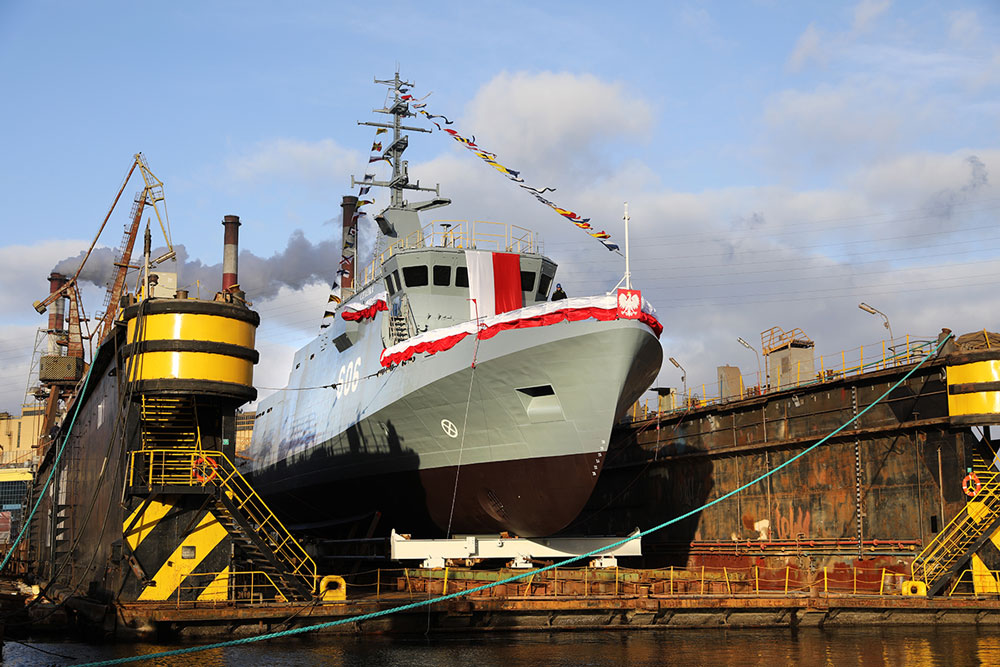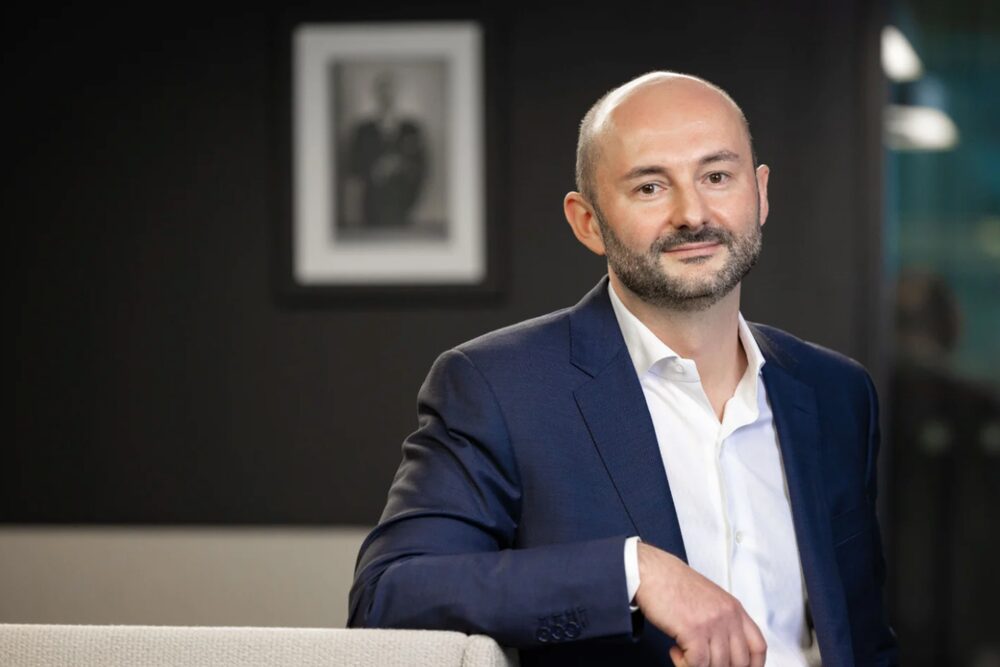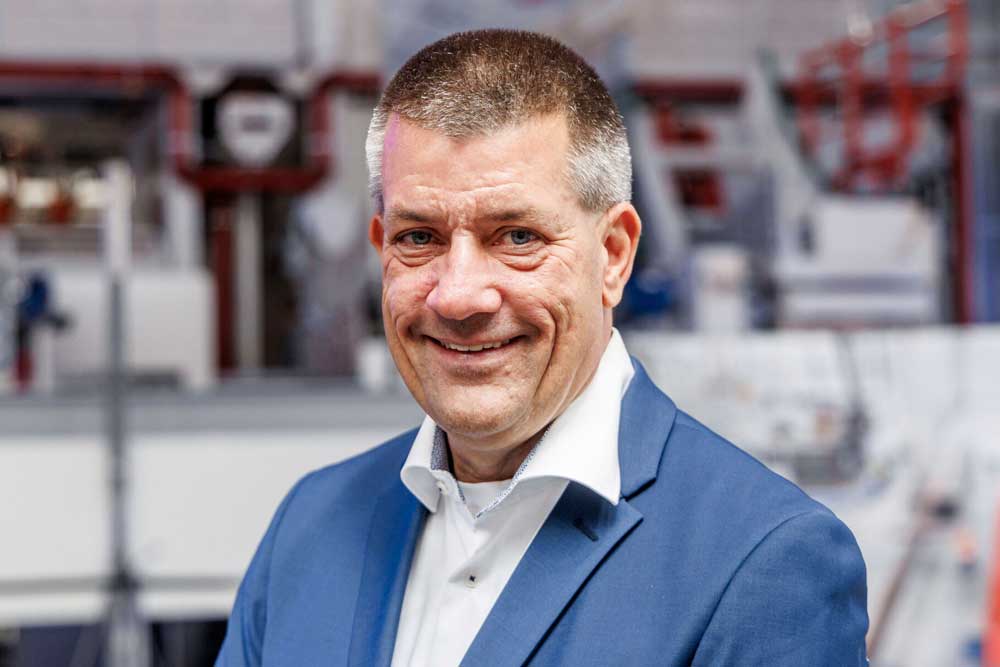As a state-of-the-art transport vessel, the Canopée has been specially designed to transport rockets, components and satellites for the European Space Agency (ESA). In future, it will transport all parts of the Ariane 6 launcher from Europe to the spaceport in French Guiana. The ESA specifications for the ship’s construction were challenging on many levels.
Much emphasis was placed on the freighter’s design in order to ensure that all parts of the rocket could be transported in a single trip, and that the sensitive cargo would arrive safely at the spaceport in French Guiana. The Canopée therefore needed to be able to navigate the narrow and shallow Kourou River. In addition, the ship had to be equipped with the most modern technologies for an emission-free and economical journey.
Pioneering transport ship
The result is a 121-meter-long and 22-meter-wide transport ship with a river draught of only 3.80 meters. What makes the Canopée so special, however, are the four electrically adjustable and retractable articulated wings, each 363 m2 in size, which act as sails. These contribute significantly to the reduction of fuel consumption and harmful emissions. In addition to sail propulsion, the ship is also equipped with diesel engines.
Certified hardware
The Canopée’s electrical installations, energy management system and engine room alarm system were developed by Netherlands-based C-Systems B.V. This young and dynamic company specializes in the implementation of intelligent control and software systems in shipbuilding, among other applications. Robust Bachmann processor modules from the M200 series, certified for maritime use, are an important part of the C-System development.
Simple redundancy
OPC UA-based software atvise® scada acts as a combined SCADA system and HMI. The simple redundancy setup and the atvise® connect communication interfaces played an influencing role. “With just a few clicks, we were able to configure a fully redundant system with intelligent data management. Due to the existing interfaces, it was easily possible to securely integrate additional ship systems without any problems. This was very impressive and saved us a lot of time,” explains Jeroen Nobel, Lead engineer at C-Systems.
Complex alarm system
In total, there are around 1,200 alarm points on the transport vessel and up to 600 recorded data points. In addition to analyzing real-time data, a number of trend alarms have also been implemented. In this case, the system checks a parameter’s current value and compares it with the historical trend. To do this, the system needs data covering a previous time period. However, storage space on a ship is usually limited. “The challenge was to minimize stored data without losing actuality and accuracy,” says Nobel. “With the alarm system we developed, we can store data for 12 months,” he continues.
Reliable partner
Construction of the Canopée was on a tight schedule. It was therefore important for C-Systems to have a reliable partner on the side. “We knew Bachmann from other projects. The products and support are excellent and the delivery times are unbeatable. That’s why we chose Bachmann,” explains Arco Boon, Managing Director at C-Systems. The Canopée has successfully completed its first transatlantic crossings – albeit without sails. However, the installation of the so-called ‘wing sails’ is already in full swing and is expected to be completed in autumn 2023. This is truly an enormous step forward towards zero-emission shipping.
C-SYSTEMS B.V.
- Specialized in the development and supply of complete electrical and hydraulic controls for all kind of vessels such as offshore vessel, dredging vessels or inland tankers.
- Based in Hardinxveld-Giessendam, The Netherlands














